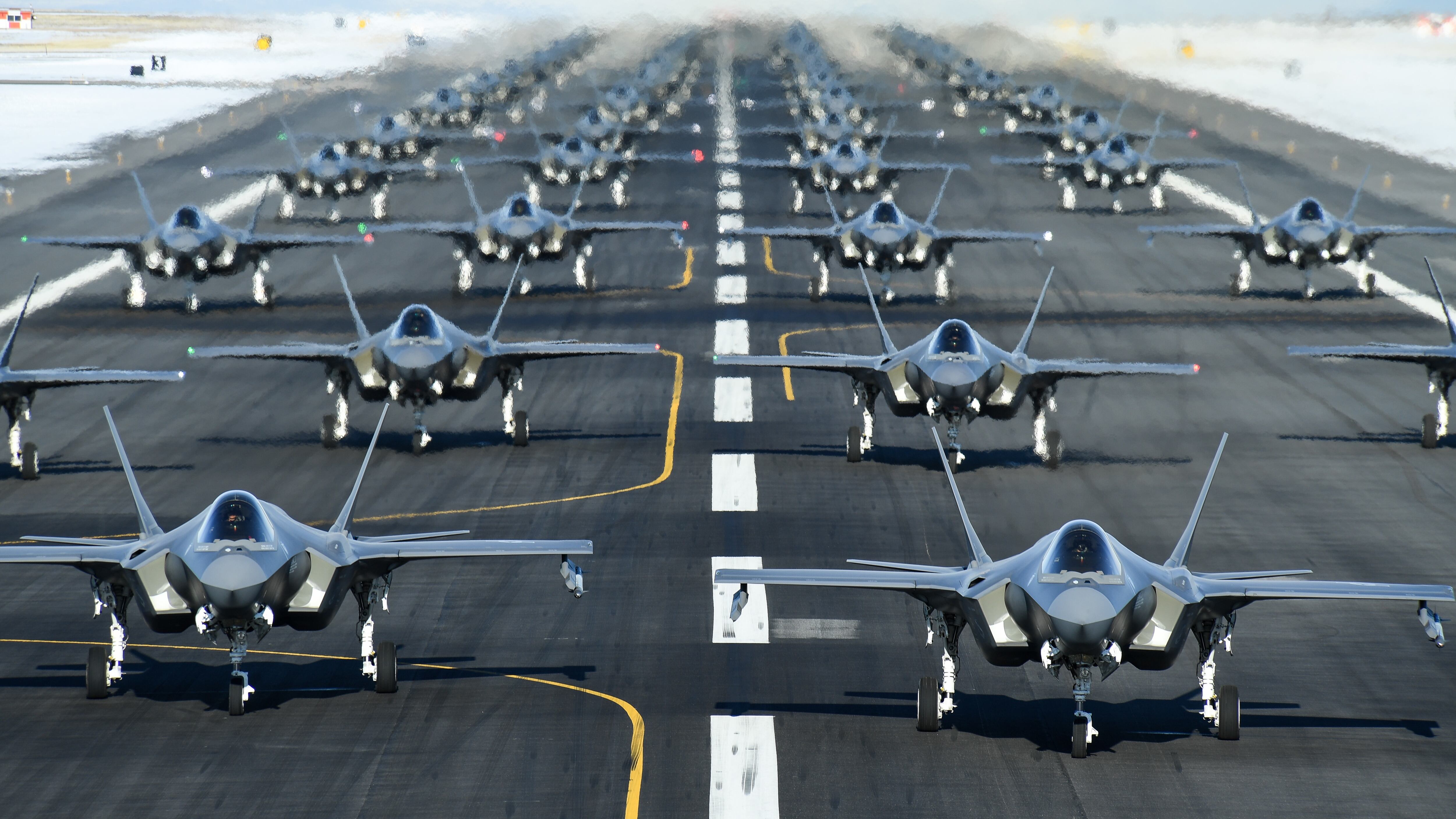NATIONAL HARBOR, Md. — The Air Force’s array of 48 fighter squadrons and nine attack squadrons are today being asked to do the work of 60 squadrons, the head of Air Combat Command said Wednesday.
This is stretching the fighter fleet thin, ACC head Gen. Mark Kelly said in a keynote address at the Air Force Association’s Air Space Cyber conference here — and, in a major war, will become unsustainable.
“It’s like a bill that comes to your house … for 60 multirole fighter squadrons,” Kelly told reporters in a roundtable later that day. “I’m trying to pay that bill with 48 fighter squadrons and nine attack squadrons [consisting of A-10 Thunderbolt II planes].”
While those 57 combined fighter and attack squadrons are not far off from 60, Kelly said, the A-10 will not be survivable in a future war against a peer or near-peer adversary with advanced air defenses. The Air Force has also for years pushed to retire some or all of the A-10 fleet.
And if A-10 squadrons are retired or unable to engage in a high end fight, that would mean at least a dozen fighter squadrons would be needed to close that gap.
Kelly said the Air Force’s recent study of its tactical air requirements is classified and can’t be discussed publicly, but noted the service’s 2018 Air Force We Need study, which former Air Force Secretary Heather Wilson unveiled four years earlier at the same conference, was accurate when it called for growing fighter squadrons to 62.
Wilson said at that time the Air Force needed to grow by 74 operational squadrons in all, to a total of 386 squadrons by 2030. This would allow the service to simultaneously defeat a major adversary such as China or Russia, defend the homeland, provide a nuclear deterrent, counter a medium-sized rogue nation such as North Korea and fight violent extremists such as the Islamic State.
That push, however, failed to generate the budgets necessary to grow the service by almost one-quarter and ultimately fizzled.
After the Air Force We Need proposal was released four years ago, some policy experts questioned whether the dramatic growth it called for was feasible, affordable — or even necessary.
And today, with budget concerns growing among many lawmakers, it’s not clear whether Pentagon leaders would want to push for massive growth in the fighter fleet.
Four key missions, not enough fighters
In his keynote address at AFA, Kelly sought to refocus on the needs of a fighter fleet now significantly smaller than the 134 fighter squadrons the Air Force had during the Gulf War — but juggling many complex and vital duties.
He said the Air Force needs 28 squadrons to project airpower in the Indo-Pacific region, Europe, and the Middle East, and another eight squadrons to respond to unfolding crises.
The Air Force also needs 16 squadrons to defend the homeland and support the president of the United States, Kelly said, and another eight for training and modernization efforts.
But without enough squadrons to fill all those roles, Kelly said — and with homeland defense and presidential support being must-fill areas — missions such as Pacific defense, crisis response, and modernization and training usually take the hits.
To fix this, Kelly said the Air Force needs to buy at least 72 new fighters each year to build a highly capable force that can carry out multiple missions. The Air Force is now in the process of buying fifth-generation F-35As as well as F-15EXs, a modernized version of the fourth-generation fighter with advanced avionics, electronic warfare systems, and other capabilities.
But the Air Force is far from buying 72 fighters per year. Its original budget request for fiscal 2023 calls for buying 57 new fighters, made up of 24 F-15EXs and 33 F-35As, although another seven F-35s could get added by Congress.
Kelly also said the Air Force has to speed up the process of adding autonomous drone wingmen known as collaborative combat aircraft to the force.
In the years to come, he told reporters later, those CCAs will augment the Air Force’s capabilities. But it remains to be seen how much capability they will add and how many drones will be necessary, he told reporters at the roundtable.
Kelly stressed that the U.S. Air Force should work with allies and partners such as the United Kingdom and Australia and alliances like NATO to extend its reach in dangerous areas.
“When you’re operating in a tough neighborhood, travel with friends who know how to fight,” Kelly said.
Rachel S. Cohen contributed to this report.
Stephen Losey is the air warfare reporter for Defense News. He previously covered leadership and personnel issues at Air Force Times, and the Pentagon, special operations and air warfare at Military.com. He has traveled to the Middle East to cover U.S. Air Force operations.




